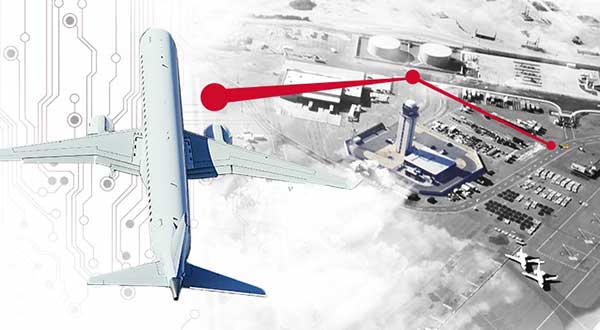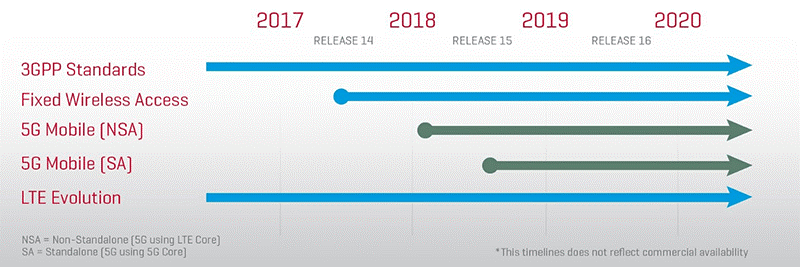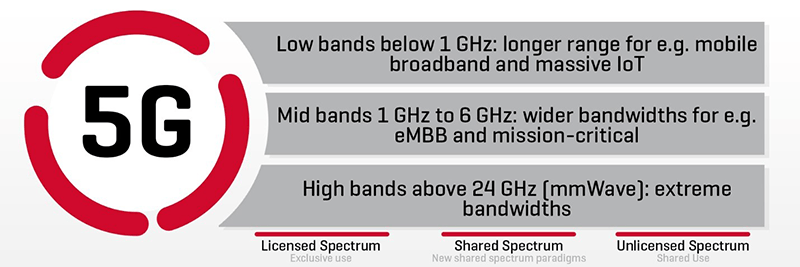
Cellular wireless technology has changed drastically over the last forty years. Each version of cellular standards has dramatically impacted large-scale industries like financial services, healthcare and transportation. With the entrance of 5G, benefits like higher exchange data rates, reduced latency, increased connection density, spectrum efficiency, energy savings and reduced costs will be realized at a pace greater than any previous generation of telecommunications standards. Those planning to migrate, though, should be prepared for geographical and timeline challenges.
Today, many rural areas within the U.S. still do not have adequate 2G, 3G, or 4G coverage. That is not expected to significantly change as 5G business cases require many users to be profitable and therefore located in densely populated areas. 5G adoption should and will move much slower for users of critical networks requiring high availability.

In addition to geographical challenges, technology standards and implementation of LTE are time consuming. It takes roughly a decade for each generation to be implemented, rigorous testing and validation is required before services are standardized and go into operations.
A history of wireless generations
Over the years each generation of cellular evolution has been categorized as first (1G), second (2G), third (3G) and fourth (4G). 1G, was an analog standard and only able to send 2.4 kilobits of information a second. Deployed in the 1980s, they could only send voice information. This limitation gave way to 2G cellular networks that were deployed in the 1990s. 2G enhanced data rates up to 144kbps, 60 times more than 1G. With the 2000’s brought 3G network technologies - solutions that leave the largest wireless footprint across the world today.
Data exchange with 3G went even further and increased information sharing up to 384 kbps or more. With the introduction of 3G connectivity, several larger data formats became much more accessible, including standard HTML pages, videos, and music
Moving to today’s LTE network, 4G uses the latest evolution of radio technology based on orthogonal frequency division multiple access (OFDMA). The capability has completely revamped all internet protocol (IP) architecture on both the network and the device side and has established a foundation for all commercial, infrastructure and mission-critical network needs.

Looking ahead, 5G uses a combination of newer technology for added benefit and functionality to users. 5G networks aren’t just an upgrade; they will bring a shift in how mobile services and applications will be used. The introduction of 5G enables networks to be re-formulated and re-architected to incorporate small cells instead of the traditional tower and large cell combination. With this may come opportunities to enhance infrastructure by leveraging 5G as a tertiary or even secondary backup path for critical services, such as air traffic management.
The benefits and challenges of 5G
5G capabilities are converging with network technologies such as software defined networks (SDN). Together, these can offer scalable benefits across air traffic infrastructure. With advancements in 5G, faster downloads, data speed, analytics and machine learning can enable data networks to identify jitter, latency and other potential performance issues more efficiently than ever before. This means a stable infrastructure may be realized when applied to the right environment.
As a core information transportation alternative, 5G cellular wireless is a viable alternative to establish connectivity to remote sites which can be difficult and/or costly to reach with terrestrial telecommunications. Coupled with software-defined wide-area network (SD-WAN)technologies, 5G cellular wireless communications can offer alternative data paths to aid in application performance and total network resiliency. However, migrating completely to a wireless infrastructure can create some challenges for critical services.
To reduce costs, cellular wireless providers share their transport with a multitude of customers in the public sector. While there are efforts underway for private 5G backbones, these solutions still share resources with a limited customer set and cause challenges with prioritization. Although the promise of higher bandwidth over the airwaves sounds like a great option for data paths, limiting use of cellular wireless to non-critical services whenever possible is a prudent approach. LTE has been known to have latency and jitter issues and some critical services have extremely low tolerances to both. Only time will tell if 5G implementations can overcome these issues.
A distant, bright future for 5G
Wireless networking technology has a rich, decades-long history that has evolved over time with each iteration bringing more benefits than the last.
As 5G continues to develop, tomorrow’s networks will undergo significant change, accompanied by challenges and opportunities. Although it may be years away for some government services, 5G will come with unprecedented wireless efficiencies. The horizon is bright for 5G.